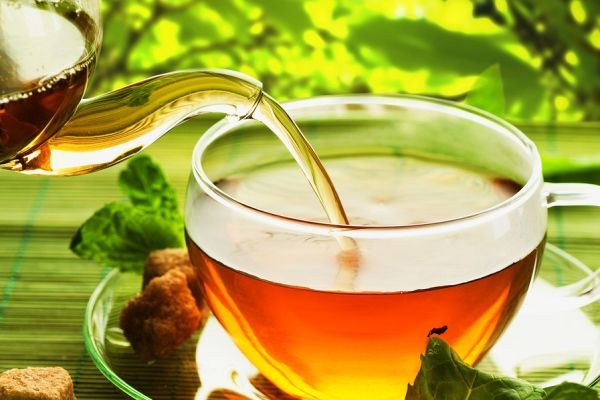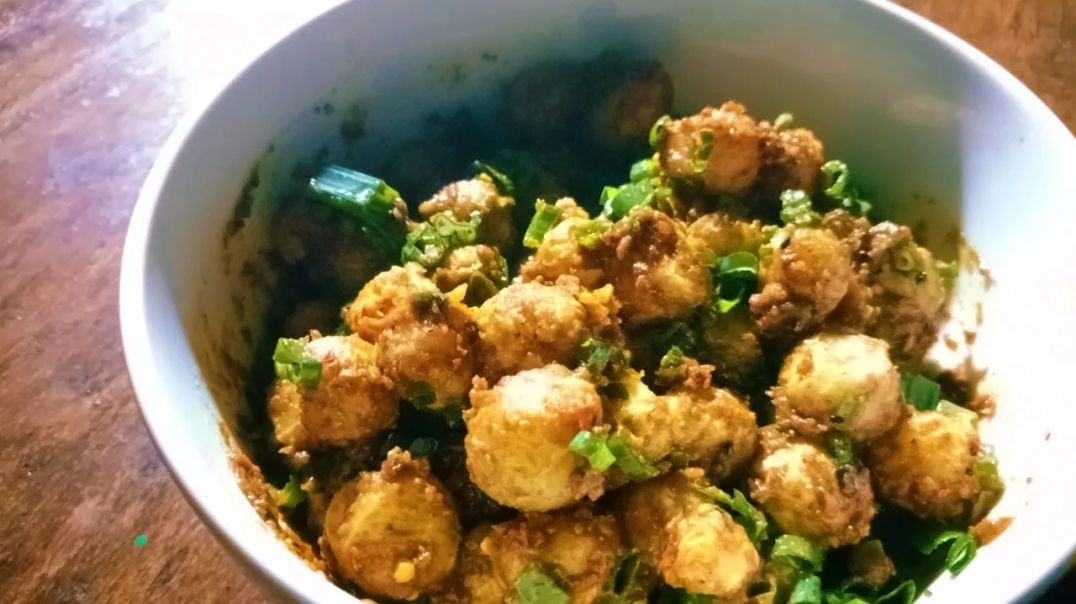The History of Tea: A Journey Across Continents
The story of tea dates back thousands of years, with its origins in China. According to legend, tea was discovered by Emperor Shen Nong in 2737 BCE when a tea leaf accidentally fell into a pot of boiling water he was preparing. From there, tea spread to other parts of Asia, including Japan and India, before eventually making its way to Europe in the 16th century. By the 17th century, tea had become an essential part of British and European culture, influencing everything from daily routines to social gatherings.
Today, tea is one of the most widely consumed beverages worldwide, with different countries developing their own unique traditions around it. Whether it's the elaborate tea ceremonies of Japan or the casual tea-drinking habits in the UK, tea has left an indelible mark on cultures across the globe.
Types of Tea
All true tea comes from the leaves of the Camellia sinensis plant, but the processing methods and regional variations create a wide range of flavors and characteristics. The primary types of tea are:
-
Green Tea: Known for its fresh, grassy flavor, green tea is the least processed of all tea types. The leaves are quickly steamed or pan-fired after harvesting to preserve their green color and natural antioxidants. It has a delicate taste and is often praised for its health benefits, such as boosting metabolism and supporting heart health.
-
Black Tea: This is the most oxidized type of tea, resulting in a stronger, bolder flavor and a dark color. Black tea is often enjoyed with milk or sugar and is the base for popular blends like Earl Grey and English Breakfast. It contains more caffeine than other types of tea, making it a popular choice for those seeking an energizing pick-me-up.
-
White Tea: The lightest and most delicate of all teas, white tea is made from young tea leaves that are minimally processed. It has a subtle, floral flavor and is often considered the most refined tea variety. White tea also boasts a high level of antioxidants and a low caffeine content, making it an excellent choice for relaxation.
-
Oolong Tea: Oolong tea is partially oxidized, falling somewhere between green and black tea in terms of flavor and color. It has a complex flavor profile that can range from floral and light to rich and toasty. Oolong is often associated with traditional Chinese tea ceremonies and is prized for its ability to aid digestion and promote weight loss.
-
Herbal Tea: Technically not a true tea since it doesn’t come from the Camellia sinensis plant, herbal teas are infusions made from herbs, fruits, flowers, or spices. Popular varieties include chamomile, peppermint, and hibiscus. These teas are often caffeine-free and are enjoyed for their soothing properties or medicinal benefits.
-
Pu-erh Tea: Pu-erh is a fermented tea, typically aged to develop deeper, earthy flavors. Originating in China’s Yunnan province, it is prized for its unique taste and believed health benefits, including improving digestion and promoting detoxification.
The Health Benefits of Tea
Tea has long been lauded for its health benefits, many of which are backed by scientific research. Some of the most common benefits include:
-
Rich in Antioxidants: Tea is packed with polyphenols, which are natural antioxidants that help protect the body from oxidative stress and reduce the risk of chronic diseases, such as heart disease and cancer.
-
Supports Heart Health: Studies have shown that regular tea consumption, particularly green and black tea, may help lower cholesterol levels, improve blood vessel function, and reduce the risk of heart disease.
-
Boosts Metabolism: Green tea, in particular, has been shown to increase metabolic rate, which may help with weight management. The catechins in green tea can help burn fat and improve fat oxidation.
-
Promotes Relaxation: Herbal teas like chamomile and lavender are known for their calming effects, helping to reduce stress and anxiety. Many people enjoy a warm cup of tea before bed to improve sleep quality.
-
Hydration: While tea does contain caffeine, the amount is generally lower than coffee, making it a good option for hydration without overstimulation.
The Art of Tea Brewing
Brewing tea may seem like a simple task, but there’s an art to making the perfect cup. Different types of tea require different brewing temperatures and steeping times to bring out the best flavors:
-
Green Tea: Brew at a lower temperature (around 160–180°F or 70–80°C) for 2-3 minutes. Overheating can make the tea bitter.
-
Black Tea: Boil water to around 200°F (93°C) and steep for 3-5 minutes for a stronger flavor.
-
White Tea: Use water at around 170°F (77°C) and steep for 4-5 minutes for the most delicate taste.
-
Herbal Tea: Brew at 200°F (93°C) or higher, depending on the herb, and steep for 5-7 minutes.
For an extra touch of luxury, many tea enthusiasts use loose leaf tea rather than tea bags. Loose leaf tea typically provides a fresher, more flavorful cup since the leaves are less crushed and can expand more fully during steeping.
Tea and Culture: A Global Tradition
Tea has a special place in cultures around the world, with unique customs and rituals surrounding its preparation and enjoyment:
-
The British Afternoon Tea: A long-standing tradition in the UK, afternoon tea is a mid-afternoon ritual featuring a selection of teas served with finger sandwiches, scones with clotted cream and jam, and an assortment of cakes and biscuits.
-
Chinese Tea Ceremony: In China, tea ceremonies are a highly ritualized practice that emphasizes the appreciation of tea's aroma, flavor, and appearance. The ceremony often involves multiple steepings of the tea, with each infusion releasing a new layer of flavor.
-
Japanese Tea Ceremony: Known as the chanoyu, this traditional Japanese practice emphasizes harmony, respect, purity, and tranquility. It involves the meticulous preparation of powdered green tea (matcha) and is performed in a serene, ritualistic manner.
-
Indian Chai: Chai, a spiced tea made with milk, sugar, and a blend of spices like cardamom, ginger, and cinnamon, is a beloved beverage in India. It’s often enjoyed throughout the day and serves as a symbol of hospitality and warmth.
Conclusion: A Beverage for Every Occasion
Tea is not just a drink; it’s a tradition, a health tonic, and a comforting ritual all rolled into one. Whether you're sipping a cup of black tea to wake up in the morning, enjoying an afternoon cup of green tea for its health benefits, or unwinding with a warm mug of chamomile before bed, tea offers something for every occasion. Its rich history, diverse varieties, and global appeal make tea a beverage that transcends cultures and generations, leaving a lasting impact on the world.










